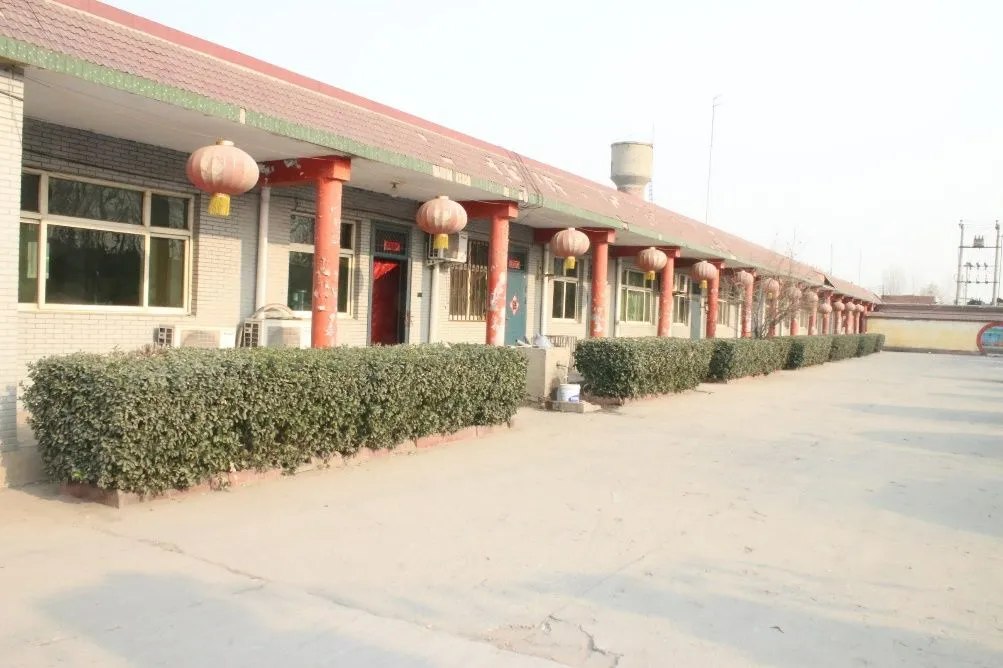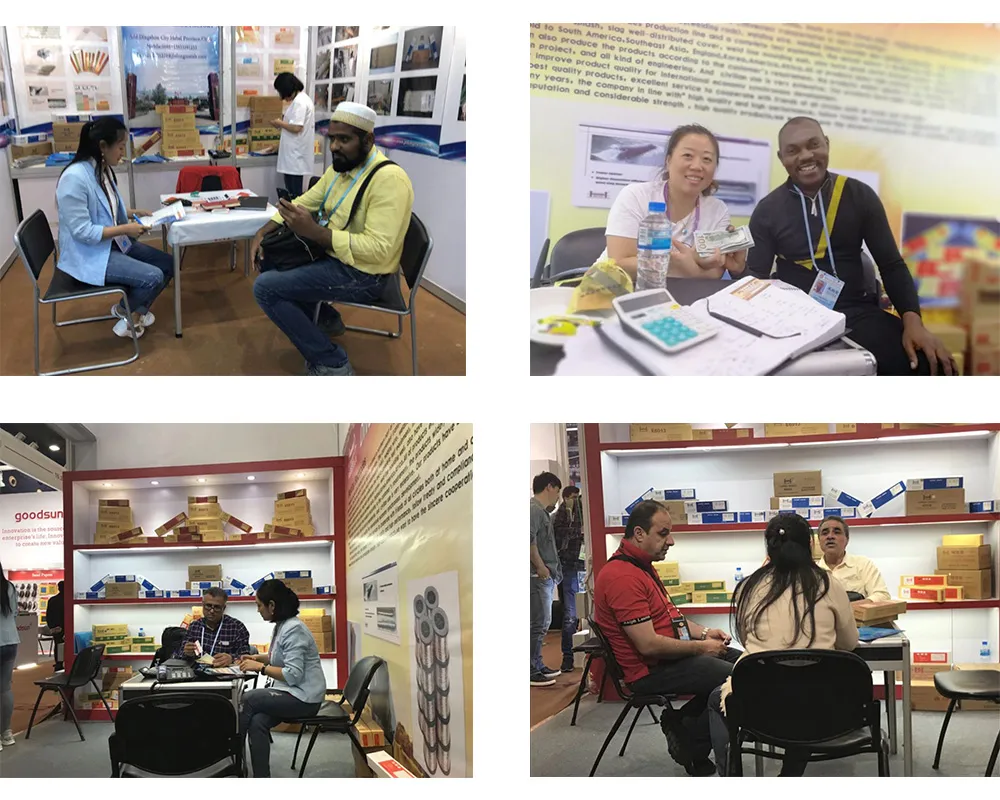Arc, MIG, TIG Welding Differences Explained Key Comparisons
Jun . 08, 2025 23:49
- Fundamental differences between MIG, TIG, and Stick welding
- Technical mechanisms and operational characteristics
- Performance comparison data across key metrics
- Process advantages and limitations
- Leading equipment manufacturers comparison
- Industry-specific application solutions
- Practical implementation case studies

(difference between arc mig and tig welding)
Fundamental Differences Between MIG, TIG, and Stick Welding
Three primary arc welding processes dominate industrial fabrication: MIG (Metal Inert Gas), TIG (Tungsten Inert Gas), and Stick (Shielded Metal Arc Welding). Each technique employs distinct methodologies for joining metals. MIG welding utilizes a continuously fed consumable wire electrode with shielding gas, facilitating rapid deposition rates. TIG welding operates with a non-consumable tungsten electrode requiring separate filler material, enabling exceptional precision. Stick welding relies on flux-coated consumable electrodes that decompose to form protective gases. Choosing among these processes significantly impacts productivity, quality standards, and project economics across manufacturing sectors.
Technical Mechanisms and Operational Characteristics
MIG welding mechanization utilizes DC power sources with wire feeders delivering electrode material at 100-500 inches per minute. Shielding gases typically include argon-CO2 blends between 75/25 to 90/10 ratios, maintaining stable arcs at 15-25 volts. TIG configurations predominantly use DCEN polarity with high-frequency arc starts, requiring amperage foot pedals or torch controls for heat modulation. Gas coverage demands 100% argon at 15-25 CFH flow rates. Stick welding operates on AC or DCEP current with cellulose or mineral-based electrode coatings that produce slag barriers upon decomposition. Electrote consumption averages 60-70% deposition efficiency due to coating losses and stub end waste.
Comparative Performance Metrics Across Welding Processes
| Parameter | MIG Welding | TIG Welding | Stick Welding |
|---|---|---|---|
| Deposition Rate (lbs/hr) | 8-12 | 1-3 | 2-6 |
| Thickness Range (inches) | 0.024-0.5+ | 0.005-0.25 | 0.06-2.0+ |
| Travel Speed (ipm) | 20-50 | 6-12 | 8-18 |
| Material Compatibility | Steels, Aluminum | All Metals | Most Steels |
| Operator Training (hours) | 40-60 | 80-120 | 30-50 |
| Equipment Cost ($) | 900-5,000 | 1,800-8,000 | 400-2,000 |
Process Advantages and Operational Limitations
MIG welding demonstrates superior efficiency in high-production environments, reducing labor costs by 40-55% compared to manual processes. However, sensitivity to wind interference restricts outdoor applications without windbreaks. TIG welding achieves unmatched precision on thin materials (down to 0.020"), producing X-ray quality joints with minimal post-processing. The technique demands exceptional operator skill, with approximately 70% of trainees requiring remediation before certification. Stick welding offers exceptional equipment portability for field operations with tolerance to rusty or painted surfaces, though productivity declines at higher amperages due to frequent electrode changes.
Leading Equipment Manufacturers Comparison
The industrial welding market features distinct equipment tiers for each process. MIG installations predominantly utilize Lincoln Electric Power MIG 350 MP or Miller Electric Millermatic 350P units offering synergic controls and 60% duty cycles at 300 amps. TIG applications favor precision machines like ESAB Rebel EMP 215 ICT multi-process systems with pulse frequency reaching 500 Hz for aerospace alloys. Stick welding commonly employs Miller Thunderbolt 210 units or Lincoln Electric Tomahawk 1005 portable rigs with arc-force stabilization. Premium multi-process equipment costs 2.8-3.5 times basic models but enables operational flexibility across fabrication scenarios.
Industry-Specific Welding Solutions
Application requirements significantly influence welding process selection. Structural steel fabrication employs flux-cored MIG for erection efficiencies, achieving connection rates of 320 inches per hour in beam-column joints. Food processing equipment manufacturers prefer autogenous TIG welding for ultra-clean sanitary welds with 0% contamination risk. Pipeline construction utilizes cellulosic stick electrodes like E6010 for root passes in position welding conditions. Marine manufacturing commonly implements pulsed MIG processes at 180-220 amps for aluminum hull fabrication, reducing distortion defects by 65% over conventional methods. These sector-specific adaptations demonstrate the critical importance of matching technique to operational requirements.
Industrial Implementation Case Studies: Differences Between Arc Welding Processes
An automotive supplier conversion exemplifies real-world differences: Switching from TIG to automated MIG for suspension brackets reduced cycle times from 9.5 to 3.2 minutes per unit while increasing production volume 47% quarterly. Conversely, power generation turbine manufacturers require TIG for nickel-alloy components, where conventional arc processes cannot meet ASME Section IX purity requirements. In maintenance contexts, stick welding enables emergency repairs of 2" thick carbon steel vessels without surface preparation - a limitation for gas-shielded processes. Construction firms report productivity comparisons showing bridge decking installation at 68 feet/hour with MIG versus 31 feet/hour using stick methods, demonstrating how application context determines the optimal welding approach.

(difference between arc mig and tig welding)
FAQS on difference between arc mig and tig welding
Q: What is the main difference between MIG and TIG welding?
A: MIG welding uses a continuously fed consumable wire electrode and inert gas shield for faster, automated joins. TIG welding employs a non-consumable tungsten electrode and requires separate filler rod feeding, allowing precision control on thin/thick metals. Shielding gas differs too – MIG typically uses argon/CO² mixes while TIG requires pure argon or specialized blends.
Q: How does stick welding (SMAW) differ from MIG and TIG?
A: Stick welding uses a flux-coated consumable electrode that creates its own shielding gas without external tanks, making it portable for outdoor/dirty work. Unlike MIG's automatic wire feed or TIG's fine control, stick welding is manual and produces more spatter. It's versatile for steel/iron but less precise than MIG/TIG on aluminum or thin sheets.
Q: Which is better for beginners - MIG, TIG, or Stick welding?
A: MIG is generally easiest to learn due to its simple wire-feed system and forgiving nature. Stick welding requires significant practice to maintain arc stability and slag control. TIG demands advanced coordination since the welder manages torch, filler rod, and foot pedal simultaneously – making it challenging for new welders.
Q: When would you choose TIG over MIG or stick welding?
A: Choose TIG for critical welds on stainless steel, aluminum, or thin materials needing pinpoint accuracy and clean aesthetics. MIG excels in high-speed production on thicker sections like automotive frames. Stick welding shines in windy outdoor repairs where gas shielding would fail – pipeline or structural steel work benefits from its portability.
Q: How do material thickness requirements differ between arc welding methods?
A: Stick welding handles thick materials (3mm+) effectively but struggles with sheet metal under 2mm. MIG adapts well from thin auto-body panels (1mm) to heavy plate. TIG dominates ultra-thin applications (down to 0.5mm) like aerospace components while also supporting thick sections through multi-pass techniques unavailable in stick/MIG.
Related Video




























